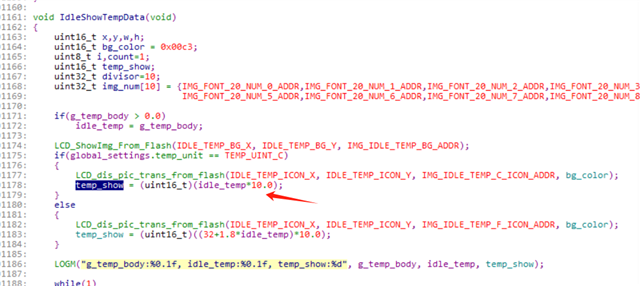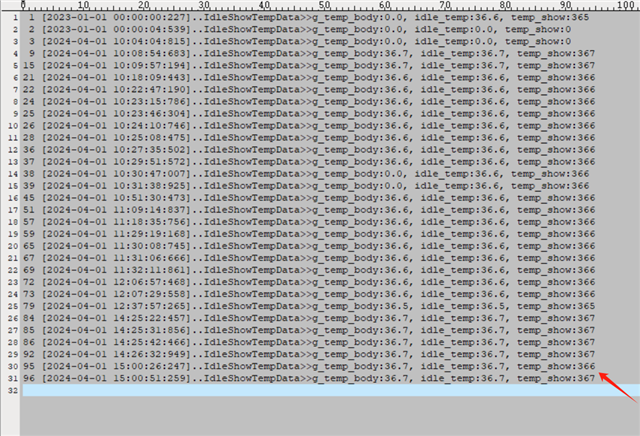I developed a product for customers using ncs2.3.0 on nrf9160, which requires the use of floating-point numbers to record temperature sensor data and display it on the screen through images. When displaying it, I need to enlarge the temperature of the floating-point number by 10 times and display it through digital images. However, during testing, I found that in some cases, the floating-point number calculation results are different from what was expected, such as 36.7 * 10.0, but the result shows 366. What is the reason for this?



